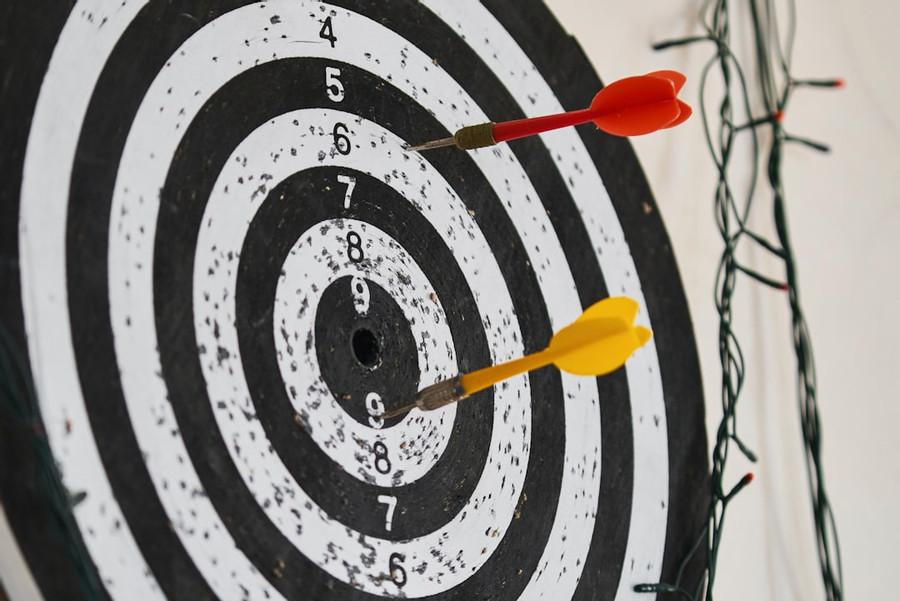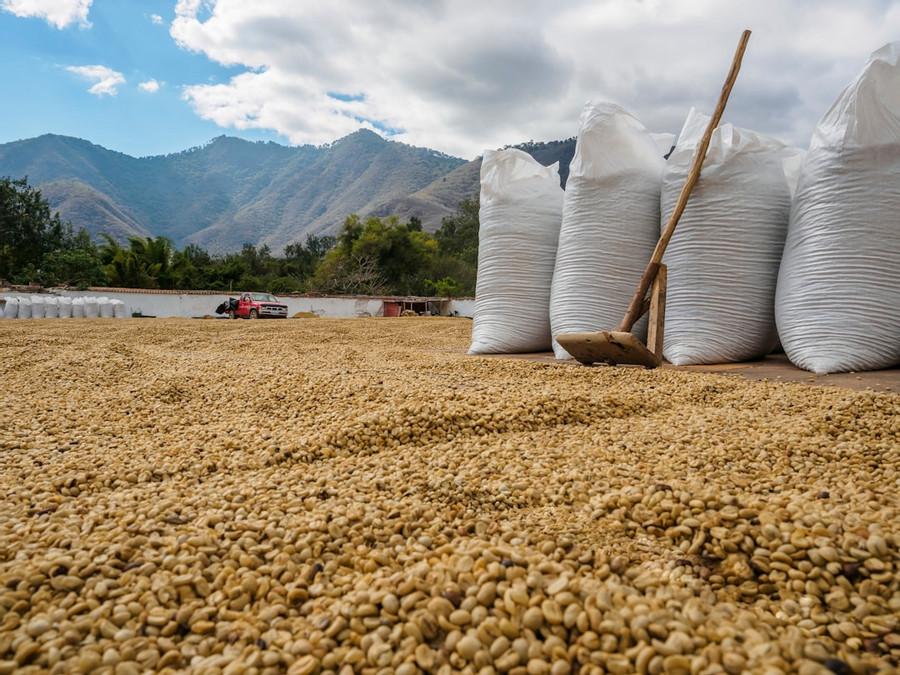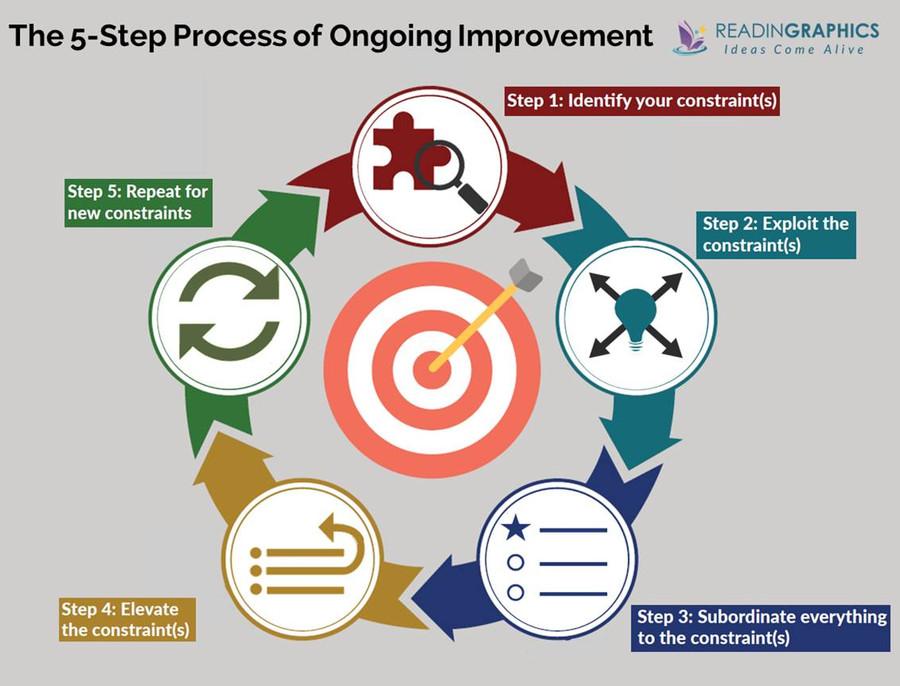Hashim I's Key Ideas from The Goal
by Eliyahu M. Goldratt, Jeff Cox, David Whitford
Ideas, facts & insights covering these topics:
9 ideas
·10.1K reads
42
Explore the World's Best Ideas
Join today and uncover 100+ curated journeys from 50+ topics. Unlock access to our mobile app with extensive features.
The Premise
Productivity is the act of bringing a company closer to its goal. Every action that brings a company closer to its goal is productive. Every action that does not bring a company closer to its goal is not productive.
Productivity is not about getting more done in less time. It’s about getting the right things done. The right things are those actions that move you or your company closer to the goal.
188
1.98K reads
The Goal of A Business
In business, you have three primary levers – net profit, return on investment, and cash flow. You want all three levers to move in the right direction. A common mistake is optimizing for one of these metrics, which may inadvertently make one or both of the other metrics go in the wrong direction.
It’s important to view your business as a system, and the system improves when you move the three metrics the right way.
189
1.52K reads
Throughput, Inventory, and Operating Expense
In a warehouse setting, throughput, inventory, and operating expenses are proxy metrics that represent net profit, return on investment, and cash flow, the three levers of a business.
Throughput: the rate at which the system generates money through sales.
Inventory: Inventory is all the money that the system has invested in purchasing things which it intends to sell.
Operating expense: Operational expense is all the money the system spends in order to turn inventory into throughput.
The goal is thus to increase throughput while simultaneously reducing both inventory and operating expense
159
1.15K reads
A Plan Is a System of Dependent Events
At its core, manufacturing is a series of dependent events. Ensuring the right interaction between these dependent events is essential for the success of the manufacturing business.
To improve in manufacturing, you must optimize for the entire system, not just a local area. The reality is that some resources have more capacity than others, and this needs to be considered when creating efficiencies in the system.
144
1.06K reads
Bottlenecks and Non-Bottlenecks
Bottleneck: a resource whose capacity is equal to or less than the demand placed upon it.
Non-bottleneck: a resource whose capacity is greater than the demand placed on it.
Because bottlenecks are the constraint in the system, if you waste any time on a bottleneck resource, your entire system loses time. The capacity of the plant is equal to the capacity of the bottleneck. If you lose an hour on a bottleneck, you lose an hour in the entire plant.
155
892 reads
Activating vs. Utilizing a Resource
Utilizing a resource means using a resource in a way that moves the system toward its goal. Utilizing a resource is a productive action.
Activating resources means using a resource, whether or not there is benefit from the work its doing. This explains why activating a non-bottleneck resource is often inefficient – it does not move the system closer toward its goal.
141
842 reads
The Five Step Process
- Identify the system’s constraint.
- Decide how to exploit the system’s constraint.
- Subordinate everything else to the above decision.
- Elevate the system’s constraint.
- If in the previous steps a constraint has been broken, go back to step 1, but do not allow inertia to cause a system’s constraint.
152
935 reads
The Role Of A Manager
A manager has the ability to answer three simple questions:
- What needs to be changed?
- What does it need to be changed to?
- How do you cause the change?
161
871 reads
Applying The Process of Ongoing Improvement
Although the 5-step process above can work in any organization, the exact details and application must be tailored to the specific circumstances and challenges in your organization.
The constraints that you face may not always be physical. There could also be intangible constraints, such as attitudes and deeply-entrenched practices from long-standing policies and procedures
129
848 reads
IDEAS CURATED BY
CURATOR'S NOTE
Your business is a system.
“
Hashim I's ideas are part of this journey:
Learn more about business with this collection
Improving sleep through mindful breathing exercises
Practicing stress reduction and relaxation techniques
Establishing a relaxing bedtime routine
Related collections
Different Perspectives Curated by Others from The Goal
Curious about different takes? Check out our book page to explore multiple unique summaries written by Deepstash curators:
3 ideas
Camilo Herrera's Key Ideas from The Goal
Eliyahu M. Goldratt, Jeff Cox
8 ideas
Grady Harwood's Key Ideas from The Goal
Eliyahu M. Goldratt, Jeff Cox, David Whitford
Discover Key Ideas from Books on Similar Topics
5 ideas
Sjahrir
Rudolf Mrázek
7 ideas
Spotify vs Apple: UX WAR (Ep. 1 & 2)
growth.design
2 ideas
Think and Grow Rich
Napoleon Hill
Read & Learn
20x Faster
without
deepstash
with
deepstash
with
deepstash
Personalized microlearning
—
100+ Learning Journeys
—
Access to 200,000+ ideas
—
Access to the mobile app
—
Unlimited idea saving
—
—
Unlimited history
—
—
Unlimited listening to ideas
—
—
Downloading & offline access
—
—
Supercharge your mind with one idea per day
Enter your email and spend 1 minute every day to learn something new.
I agree to receive email updates








